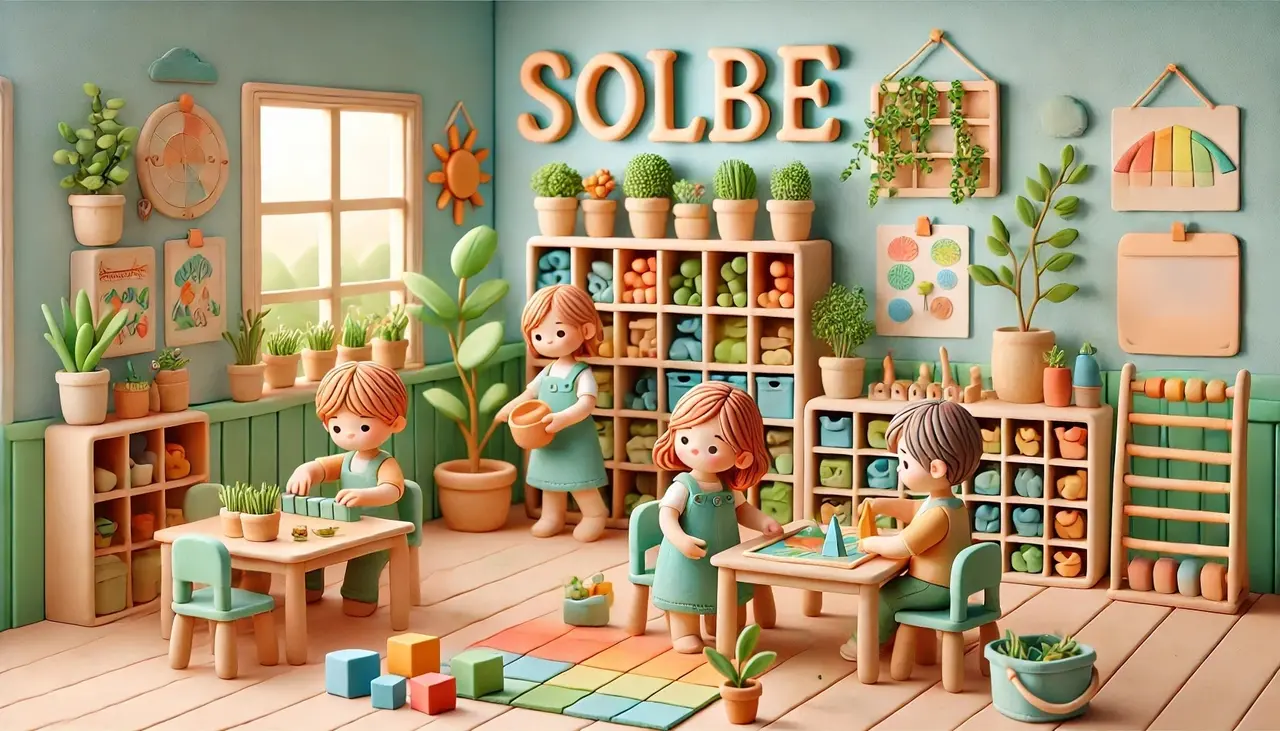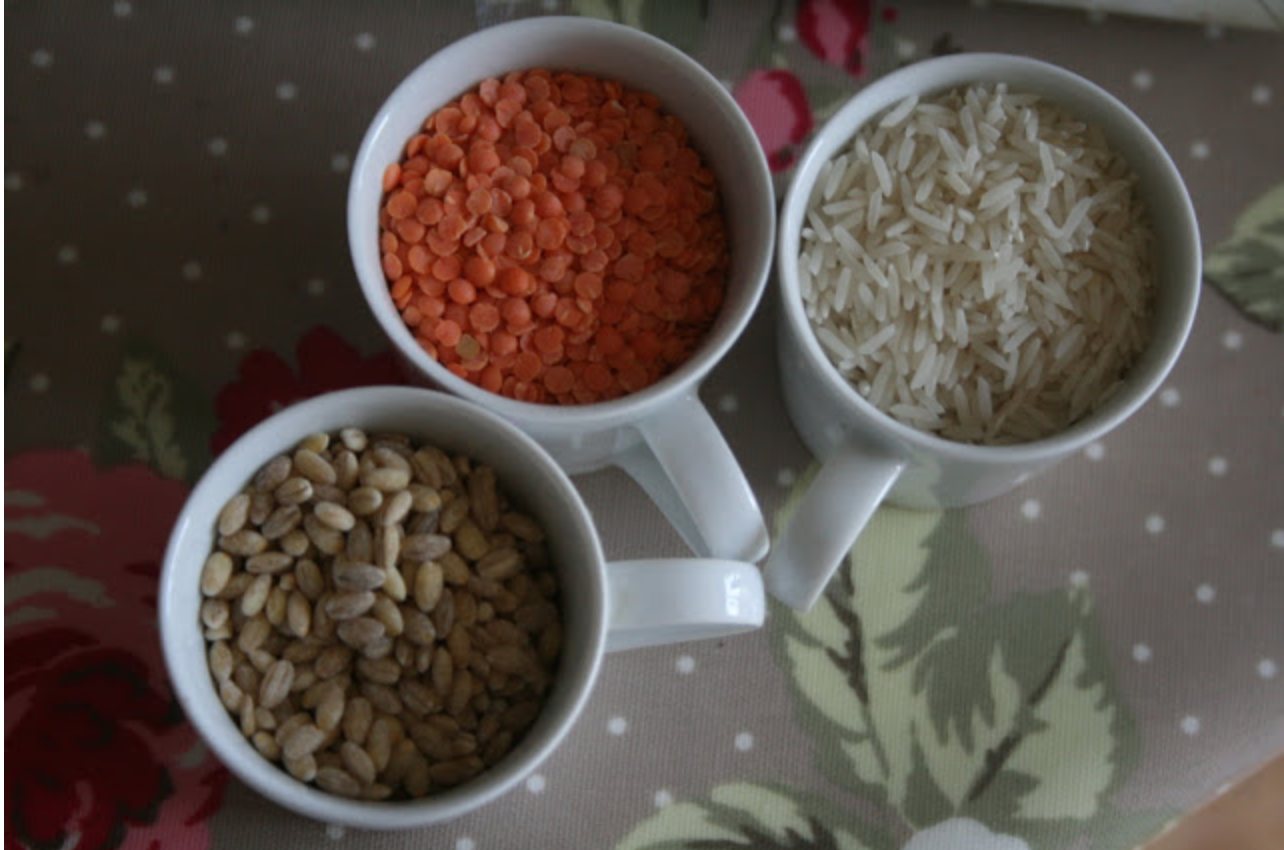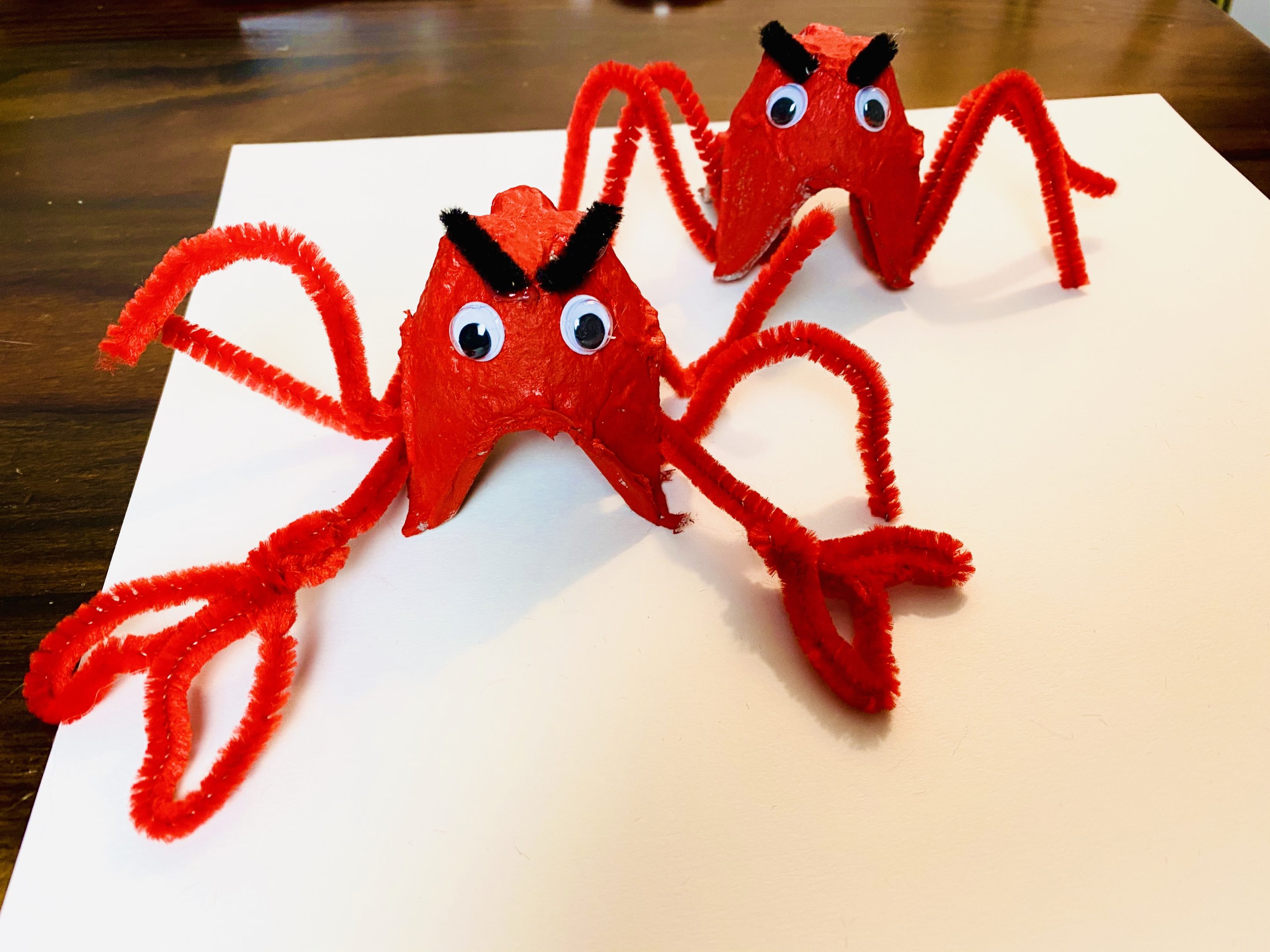A Hundred Languages

As adults, we subconsciously engage with the subtleties of communication. It is spoken in our tone of voice, our eyes, and body language. It is when we find ourselves code-switching between colloquialisms and languages. Some of us have even developed other languages. Composers craft musical phrases in a language that has evolved over centuries just as city planners wield their language to find modern and innovative solutions. When Malaguzzi writes about The Hundred Languages of Children, (sure.) he is addressing the multitude of ways we as humans have adapted to our communities — how we express ourselves, listen to others, and connect with one another. Although children are in the process of acquiring spoken language skills, they still discover, invent, and dream of ideas to explore and express. At a time when 3-4 year-olds experience developmental milestones of increasing independence, social empathy, and choice-making, they have worlds to discover and invent and are brimming with wonder and possibility.
In his 1993 seminar, Professor Malaguzzi gives a closing statement, "Instead of always giving children protection, we need to give them the recognition of their rights and of their strengths." Recognition of their rights empowers the heart of The Hundred Languages. It fuels the Reggio Emilia principles and firmly asserts the child's dignity with the guiding intention of teachers and parents. We have an opportunity to support a child's language acquisition (speaking, reading, writing) while preserving their innate curiosity to explore so many other forms of communication. This preservation is particularly important to 3-4 year-olds experiencing a newly developed ability for imaginative play — elegantly balancing science with imagination, reality with fantasy. The cognitive intersection of reason and dream is crucial to a child's development, for this is also a state of consciousness actively practiced by innovative artists, scientists, city planners, and educators. It is how we forge new connections to discover creative solutions — always building, thinking, and marveling at the world around us.
As fully grown adults, we practice interweaving all of our languages every day — the ones we have spent decades acquiring and inventing. Children (those incredible humans who have been on the planet for a mere 3 or 4 years) also dive into countless languages with wild abandon — dance, visual art, music, displays of friendship, a pouting lip, or furrowed brow. These are communication tools at their fingertips paralleled with their journey to acquire speaking, writing, and reading skills. Loris Malaguzzi's Reggio Emilia approach honors this strength, demanding that we provide space, time, and opportunity for children to swim around in these languages and express themselves — that there is not just one way to learn, listen, or communicate. There are a hundred.
"Creativity means being able to exploreour whole body and realize that to make art,we can use our elbows, fingers, nose, and even feet!"
Photo Credit: Talia Salom
The Hundred Languages of Children
Loris Malaguzzi (translated by Lella Gandini)
No way. The hundred is there. The child is made of one hundred. The child has a hundred languages a hundred hands a hundred thoughts a hundred ways of thinking of playing, of speaking. a hundred, always a hundred ways of listening, of marveling, of loving a hundred joys for singing and understanding a hundred worlds to discover a hundred worlds to invent a hundred worlds to dream. The child has a hundred languages (and a hundred hundred hundred more) but they steal ninety-nine. The school and the culture separate the head from the body. They tell the child to think without hands to do without head to listen and not to speak to understand without joy to love and to marvel only at Easter and Christmas. They tell the child to discover the world already there and of the hundred they steal ninety-nine. They tell the child that work and play reality and fantasy science and imagination sky and earth reason and dream are things that do not belong together. And thus they tell the child that the hundred is not there. The child says "No way – The hundred is there."
Related Articles
Explore our latest insights and resources.

Using Your Voice Effectively: Intentional & Positive Phrases to Use With Your Child

Work and Family: 7 Strategies to Find Balance as a Parent

Understanding and Supporting Early Childhood Mental Health

Understanding and Monitoring Developmental Milestones

The Value of Process-based Learning

The Truth about Parenting: Being a Thriving Parent

The Curious & Creative Classroom

Social-Emotional Learning: Five Competencies and How to Teach Them at Home

Social Emotional Learning Part Five: Teaching Growth Mindset to Inspire Change

Social-Emotional Learning Part Three: Teaching Friendship to Inspire Change

Social Emotional Learning Part Two: Teaching Acceptance to Inspire Change

Social Emotional Learning Part Six: Teaching Empathy to Inspire Change

SEL: Parent Social-Emotional Competence & Well-Being

Social Emotional Learning Part Four: Teaching Respect to Inspire Change

Reflective Learning: 10 Meaningful Questions to Replace “How Was School Today?”

Prosocial Behavior: Strategies to Model, Practice and Praise

Ranking Boston Area Private Schools: Finding The Best Programs For Your Children

Prosocial Behavior: Encouraging Your Child To Practice Gratitude

Play is Work and Work is Play

Preparing a Learning-rich Environment

Nurturing Brain Development During the Window of Opportunity

Exploring Spanish Language Learning Through Play-Based Activities

Early Intervention: Identifying Support for Children Birth to Age Three

Developmental Screening: Acting Early and Advocating for Your Child

Daily at Home Project: Red House – Fun For All Greatest Hits & More

Daily at Home Project: Rainbow Painting and Make Your Own Ice Cream

Daily at Home Project: Pots, Pans, Colors & Rainy Day Brownies!

Daily at Home Project: Lid Matching and Animal Washing Station

Daily at Home Project: Making Music with The Very Noisy Bear

Daily at Home Project: Fine Motor Activities and Let's See Where a Dot Can Take You!

Daily at Home Project: Crazy Art from Silvana Carpio

Daily at Home Project: Baby Treasure Basket and Rocks of Hope

Daily at Home Project: Colander Pipe Cleaner and Pipe Cleaner Bubble Wands

Daily At-Home Project: Mix and Match Faces

Daily At-Home Project: Homemade Binoculars for Little Explorers!

Daily At-Home Project: Gratitude Jar

Daily At Home Project: Veggie Paint Making From Marlo
Stay Updated with SolBe
Join our newsletter for the latest insights and exclusive content on early learning and childcare.































































